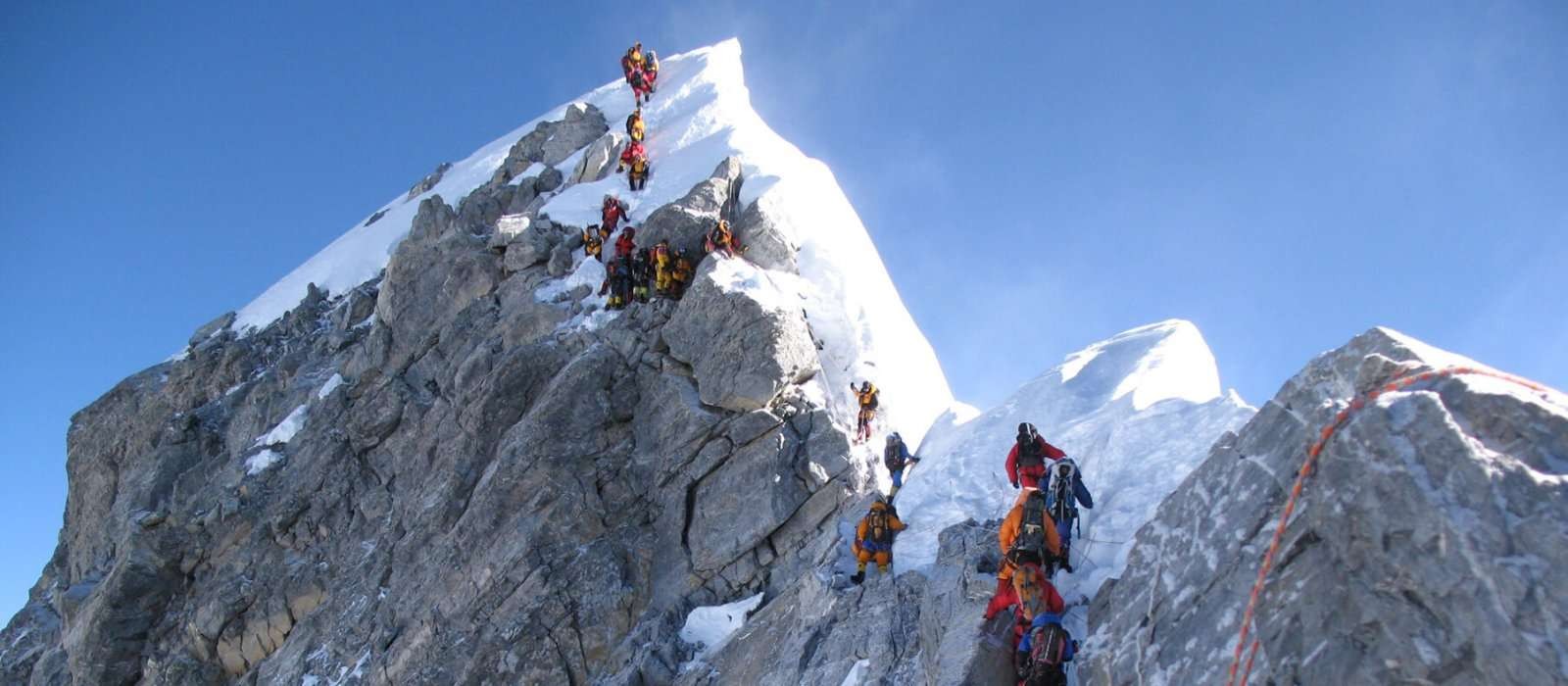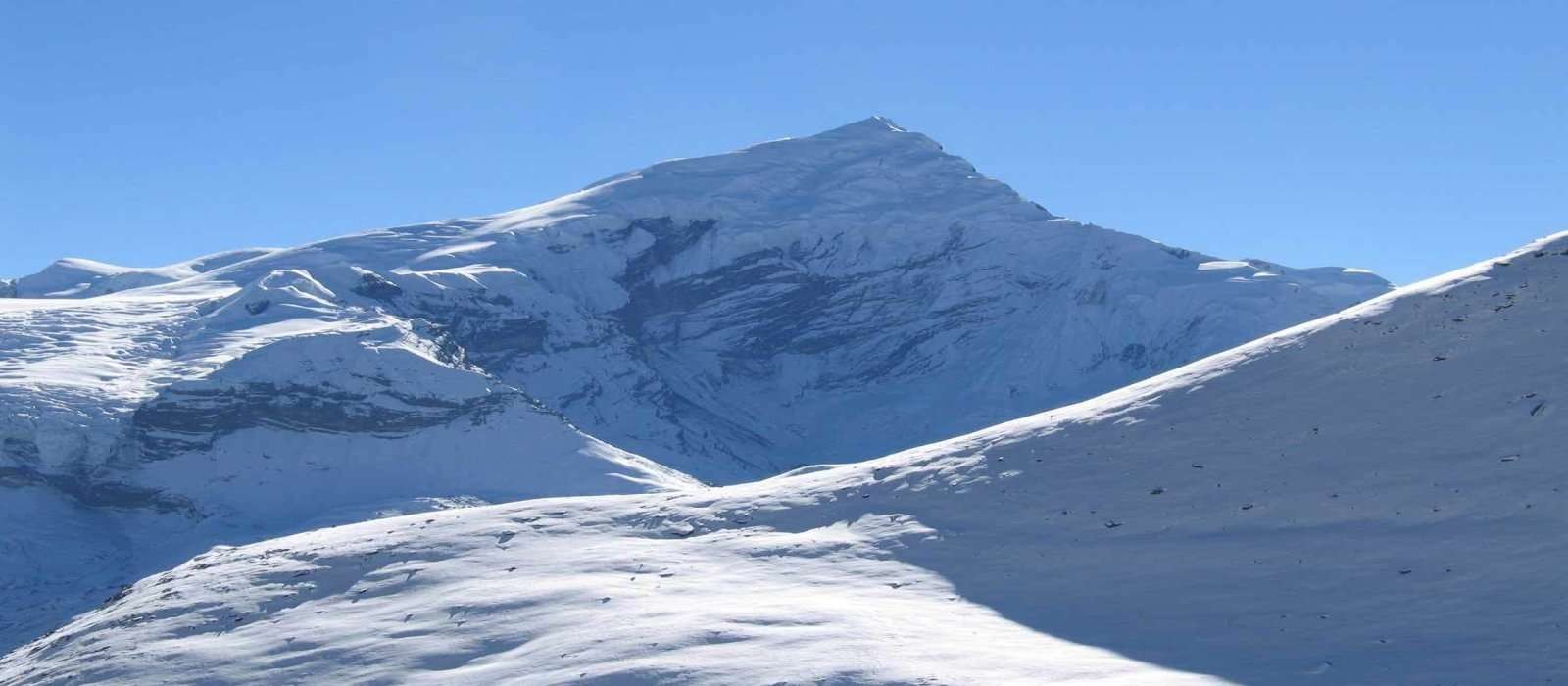Everest
expedition in Nepalese
Himalayan offers one of the most significant physical and mental challenges in
the world with a beautiful feeling of pride and the feeling of being the most
adventurous person on the planet. Mount Everest, the highest mountain in the
world, is the proud property of Nepal. Mount Everest's height is 8,848 meters
from sea level. Mountaineers from all over the world come to Nepal to take on
this latest challenge of the Mount Everest expedition. The southern pass route
on the Everest expedition on the Nepal side is the route taken by Sir Edmund
Hillary and Tenzing Norgay Sherpa.
Main Highlights
·
Climb with
our experienced guides and mountaineers from Everest
·
A final
achievement that any mountaineer can stand on the highest point on earth
·
The expedition
includes acclimatization and cultural walk in the Sherpa heart of the Khumbu
valley
·
One base
camp and four other camp fields supported by experienced, guides, and crew
members.
Everest
Expedition itinerary can be customized according to your choice. Please
write to us for the individual travel Itinerary. The price varies depending on
hotel category, transportation, private vehicle, and flight service.
Day 01: Welcome to Kathmandu international
airport
Day
02-03: Sightseeing
tour and preparation for the expedition to Everest.
Day 04: Flight to Lukla and Trek to
Phakding: 2840 m
Day 05: Trekking from Phakding to Namche
Bazar
Day 06: Acclimatization time at Namche
Bazar.
Day 07: Trekking from Namche Bazzar to
Thyangboche.
Day 08: trek from Thyangboche to Dingboche
Day
09-13:
Acclimatization in Dingboche
Day 14: Trekking from Dingboche to Lobuje.
Day 15: Trek from Lobuje to Everest base
camp
Day
16-18: rest and
preparation
Day
19-64: Ascent period
of Mount Everest
Day 65: retreat from base camp
Day 66-68: Trek back to Namche Bazaar through
Dingboche and Thyangboche
Day 69: Trek to Lukla airport
Day 70: Flight from Lukla to Kathmandu
Day 71: Return home
Mount
Everest, the highest mountain in the world at the height of 8848 m. reaching on
the top of Everest is the eventual goal for many fascinating and adventure climbers.
The crest of the summit of Everest marks the border between Nepal and China.
The name of the mountain is "Sagarmatha" in Nepal, which means
"Front of Heaven." In the Tibetan language, it is called Chomolungma
or Qomolangma, which means "Mother of the Universe. "Sir Edmund
Hillary and Tenzing Norgay Sherpa were the first climbers to reach the top of
the world's highest peak on May 29th. 1953.
Everest Base
Camp is located on the Khumbu Glacier at an altitude of 18,000 feet. All
climbers of the Mount Everest Expedition gather here from the beginning to the
end of the climb. Expedition on Everest also offers the most complete and
exciting range of treks. It also allows you to contemplate unknown places, from
mountains, glaciers, hiking, and famous mountain trails. You can see the first glimpse
of Kusum Kanguru Thamserku, Everest, and Nuptse. Chase the towns of Pangboche
and Pheriche before you finally get close to the Khumbu Glacier. Lobuche's head
is a vintage factor for the beautiful perspectives of Ama Dablam, Taweche, and
unparalleled landscapes. Our approximately 40-day expedition to Mount Everest
in Nepal begins at Everest base camp after Gorakshep.













